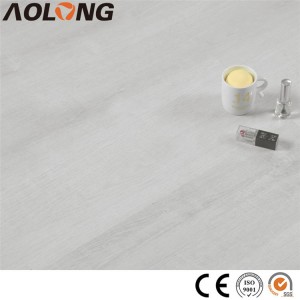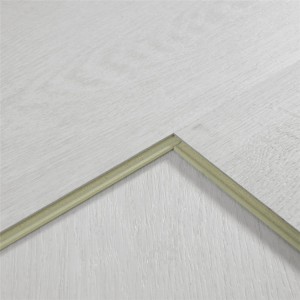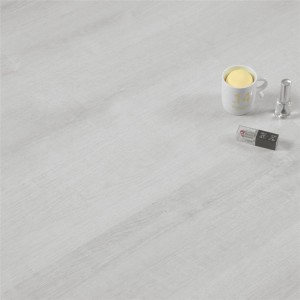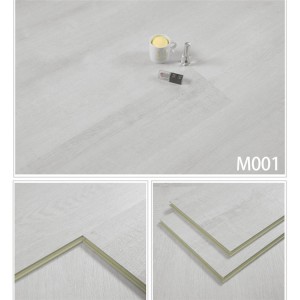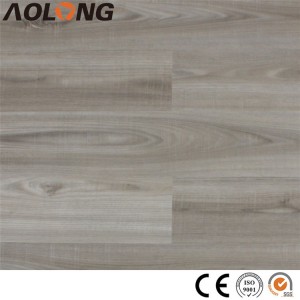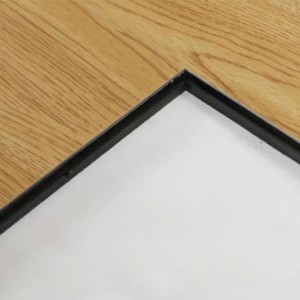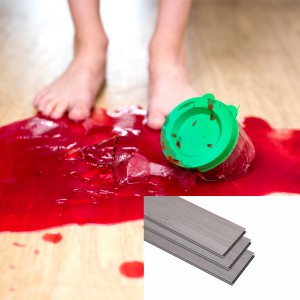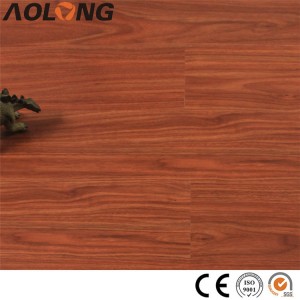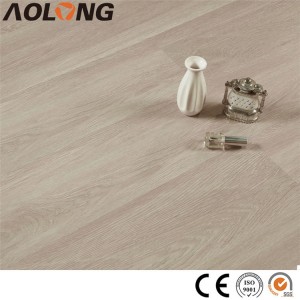WPC is the use of polyethylene, polypropylene, polyvinyl chloride instead of commonly used resin adhesives, with more than 50% of wood powder, rice shell, straw and other waste plant fibers mixed to form a new wood material, and then through extrusion, molding, injection molding and other plastic processing processes to produce plates or profiles. Mainly used in building materials, furniture, logistics packaging and other industries.
Wood-plastic composites contain plastics and fibers. As a result, they have similar processing properties to wood. They can be sawn, nailed and plowed. It can be done with carpentry tools, and the nail force is significantly better than that of other synthetic materials. Mechanical properties are superior to wood. Nail strength is generally three times that of wood and five times that of particle boards.
Wood plastic composite materials contain plastic, so they have a good elastic mold. In addition, due to the inclusion of fibers and the full mixing with plastics, it has the same physical and physical and hydraulic properties as hardwood, such as pressure resistance, bend resistance, etc., its durability is significantly better than ordinary wood. The surface is high in hardness, usually 2 to 5 times that of wood.
Wood plastic composite materials in some occasions called plastic wood composite materials, in many foreign materials called Wood Plastic, short for WPC. Wood plastic composite materials are plastic and wood fibers (or rice shell, wheat straw, corn bar, peanut shell and other natural fibers) to add a small amount of chemical additives and fillers, processed by special mixing equipment made of a composite material. It combines the main features of plastics and wood and can replace plastics and wood on many occasions.




| Specification | |
| Surface Texture | Wood Texture |
| Overall Thickness | 8mm |
| Underlay(Optional) | EVA/IXPE(1.5mm/2mm) |
| Wear Layer | 0.2mm. (8 Mil.) |
| Size specification | 1200 * 180 * 8mm |
| Technical data of spc flooring | |
| Dimentional stability/ EN ISO 23992 | Passed |
| Abrasion resistance/ EN 660-2 | Passed |
| Slip resistance/ DIN 51130 | Passed |
| Heat resistance/ EN 425 | Passed |
| Static load/ EN ISO 24343 | Passed |
| Wheel caster resistance/ Pass EN 425 | Passed |
| Chemical resistance/ EN ISO 26987 | Passed |
| Smoke density/ EN ISO 9293/ EN ISO 11925 | Passed |


